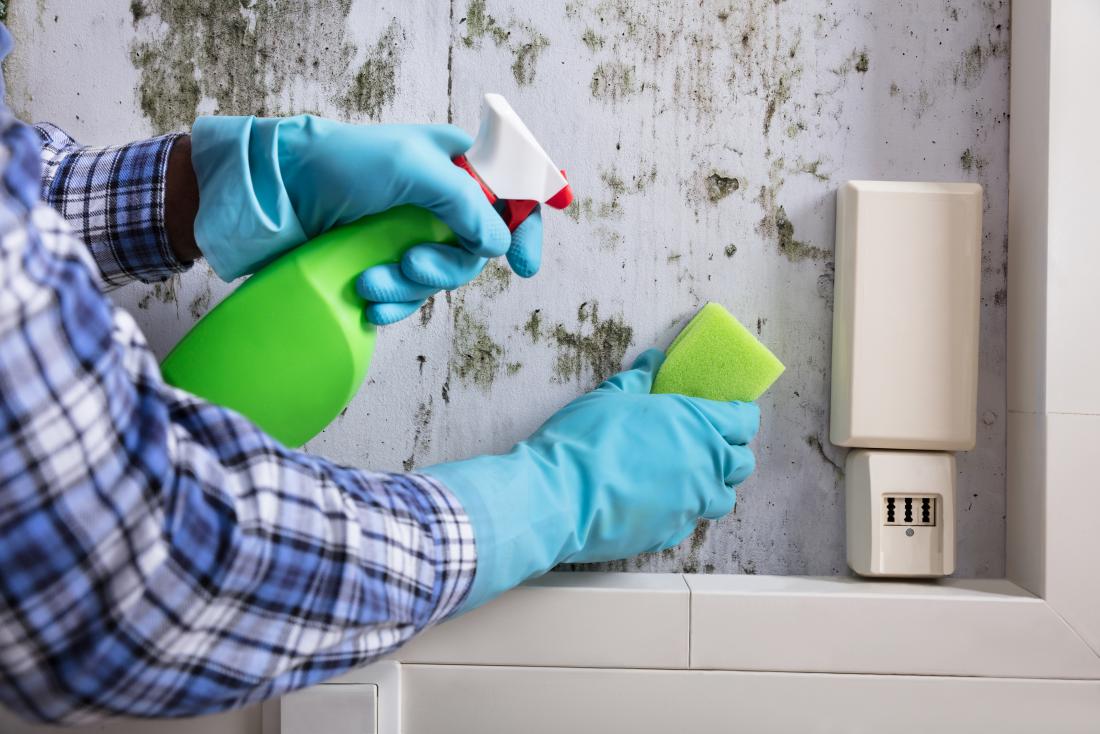Bronchial asthma and mold are clinical problems that are often not sufficiently taken into account. The pulmonologist or doctors who specialize in mold illness, on the other hand, knows very well the risk posed by the presence of mold in the home.
Molds, whose growth is favored by the hot humid climate are mycetes (mycophytes), which appear as filamentous colonies. They are found both in outdoor environments and in the confined areas of homes, especially when particular conditions occur that facilitate their growth.
In outdoor environments, they flourish in the hot and humid summer as well as autumn climate. They reproduce by releasing their spores in the air which, carried by the wind like pollens give rise to the formation of new organisms
The spores represent the smallest and breathable parts of the molds capable of reaching the deepest areas of the respiratory system. As a result, they are responsible for respiratory allergies and asthmatic manifestations in sensitized subjects who require mold illness treatment.`
Effective treatment
If the patient is a child, opt got easy-to-clean toys (wood, rubber or metal). Any rag toys must be regularly washed in hot water;
The patient must not stay in rooms while cleaning is being carried out and always use a vacuum cleaner with effective filters;
Keep the humidity below 40-50% for effective mold illness treatment.
The humidifier may be contraindicated while the use of the air conditioner may be indicated. Patients allergic to mold should avoid staying in damp environments or areas where molds develop profusely (shaded areas, piles of leaves etc.) and remember to ventilate well-closed rooms for a long time. Do not forget that even dust home can contain a large amount of mold spores.
Equally important are the prophylaxis measures in pollen allergic subjects. The knowledge of pollen calendars allows, in fact, to avoid the stay in the areas most at risk and in moments of maximum pollination.
What are the main allergenic molds and how do they occur?
The main allergenic molds capable of giving rise to allergic manifestations include alternaria, cladosporium, aspergillus and penicillum. Aspergillus and penicillus are most frequently found in domestic environments. Cladosporium and alternaria are more easily found in external natural environments and grow more easily on decomposing vegetables and fruit, hay, animal fodder kept outside and on the ground.
The molds of the interior of the house appear as areas of varied color, very often brown-black but also whitish. They are appear in homes where there is at least 50–55% humidity in the air. These molds occur on the surfaces of whitewashed walls and on upholstery, on carpets.
In addition to almost everywhere, where the stagnation of the air and the warm-humid conditions of the internal environment (especially in autumn) favor its development.
The rooms of the house in which molds are most easily developed are generally the kitchen (steam and condensation due to cooking food), bathrooms (showers hot water vapors) and north-facing bedrooms.
An inadequate seal of the windows or walls of the damp house and infiltrated by the rain, can contribute to maintaining a rate of internal humidity such as to facilitate the growth of fungi.
Allergic mold
In view of the fact that a well-cleaned house with a low percentage of humidity does not allow (or at least makes it very difficult) the growth of these internal mycophytes, the things to do to avoid having to deal with the diseases allergies that can develop from them.
Maintain a rigorous cleanliness of the domestic environment, with measures that are not so dissimilar to those recommended for house hygiene and mold illness treatment in the case of allergic asthma from pollen and mites.
Limit the use of humidifiers in the home as much as possible, except in cases where their use is particularly favorable for other reasons.













